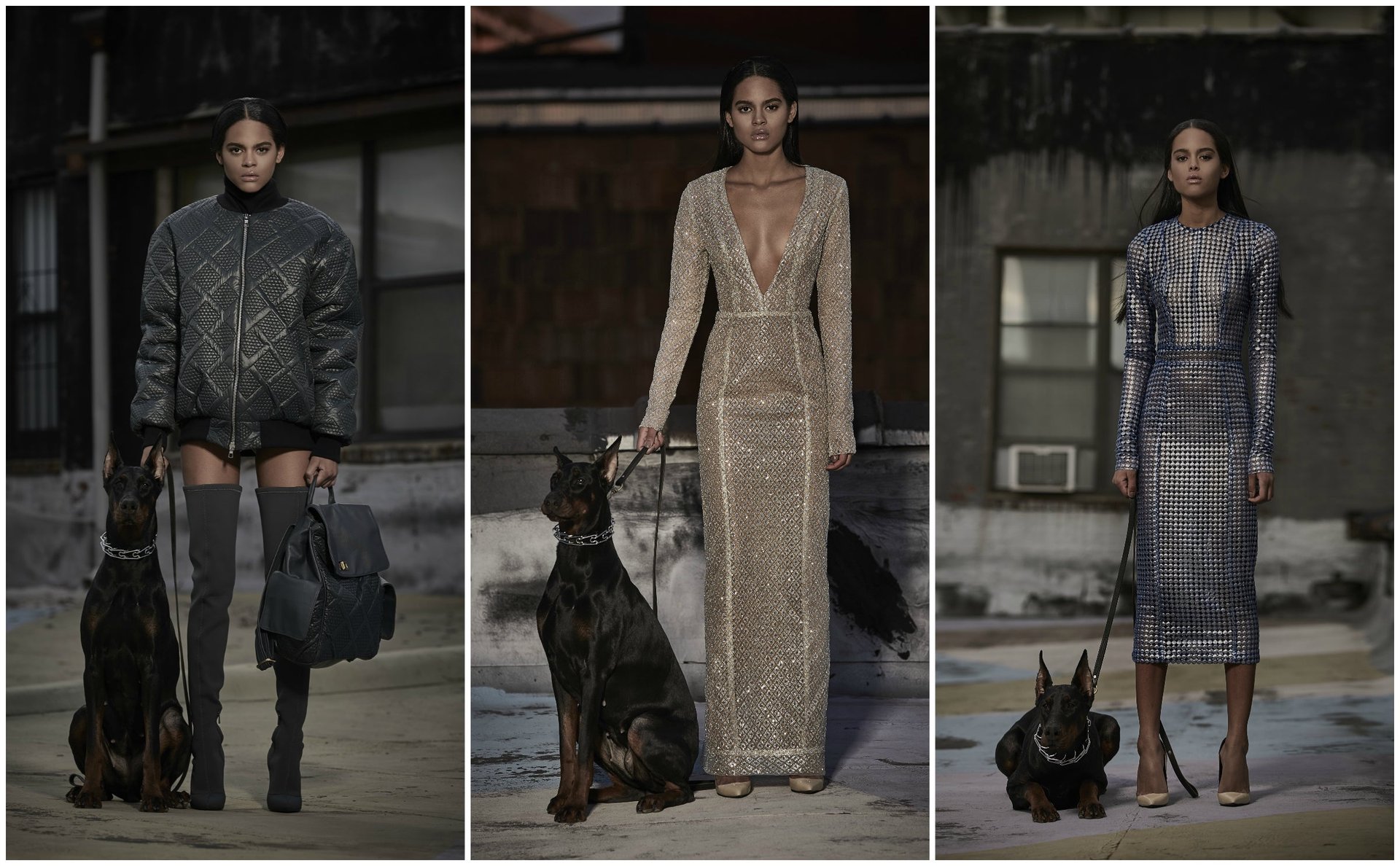A lesson in scale from the tiny fashion brand dressing the world’s biggest celebrities
You may not have heard of New York fashion designer LaQuan Smith, but you’ve definitely heard of his fans: Rihanna, Beyoncé, Lady Gaga, Kim Kardashian, Kendall Jenner. Smith’s style is for women who want to be the center of attention, and the clothes he showed recently at New York Fashion Week included a body-hugging knit skirt and a dress with an open neckline that raced boldly toward the navel—all ready for the paparazzi’s cameras.


You may not have heard of New York fashion designer LaQuan Smith, but you’ve definitely heard of his fans: Rihanna, Beyoncé, Lady Gaga, Kim Kardashian, Kendall Jenner. Smith’s style is for women who want to be the center of attention, and the clothes he showed recently at New York Fashion Week included a body-hugging knit skirt and a dress with an open neckline that raced boldly toward the navel—all ready for the paparazzi’s cameras.
But if you’re imagining a fashion show that’s just as over-the-top extravagant as his clients and clothes, stop there. Smith’s decisions to offer only a few key items for purchase and not to drop a huge sum on the “entertainment” factor of a full runway show are a good example of how small brands can run competitive businesses even in the high-speed fashion world.
In a Manhattan studio on Feb. 14, Smith, showed a tightly edited collection of 20 looks. Six were available to buy during the show through a partnership with e-commerce platform Bigcommerce, and he chose them based on what has sold well before. ”It’s about projections and understanding what items people keep clicking [on the site],” he told Quartz.
At a moment when fashion shows are increasingly massive spectacles, and the industry is selling direct from the runway to consumers to capitalize on the narcotic buzz of social media, Smith’s show felt surprisingly down-to-earth.
The clothes were a mix of his signature items and new designs. He pointed out a wrap skirt Kendall Jenner had worn that he reprised, and which also formed the basis of a new dress. Bomber jackets abounded in different fabrications, including a velvety neoprene, while doberman dogs brought in for the show alternated between staring intensely and lying in the sun like sleepy children.
Much of the fashion industry is moving toward items being up for sale as soon as they debut, but following suit can be hard for small brands. Typically, labels without their own retail channels take wholesale orders for items and then produce them, allowing them to know how much raw material to buy and assuring them they’ll have buyers for the clothes they’re making.
The see-now, buy-now approach asks them to spend money up front without knowing what they’ll sell. For large brands such as Burberry with stores and a great deal of cash available, it’s a risk. But a small label could quickly find itself drowning in debt if sales don’t pan out.
Smith’s limited entry into this approach offers an example that could become more common as small and medium-sized brands try to satisfy fashion’s demand for instant gratification. While critics have lamented the glut of unremarkable clothing parading across New York runways this week, his presentation felt like an effort to connect his clothes with the right customer in a way that makes sense for his business. ”I’m designing pieces I know my customers love,” he said.
It was a refreshing change from the overblown shows put on by labels such as Tommy Hilfiger. The scale felt right, even for a designer whose clientele is as big as Beyoncé.